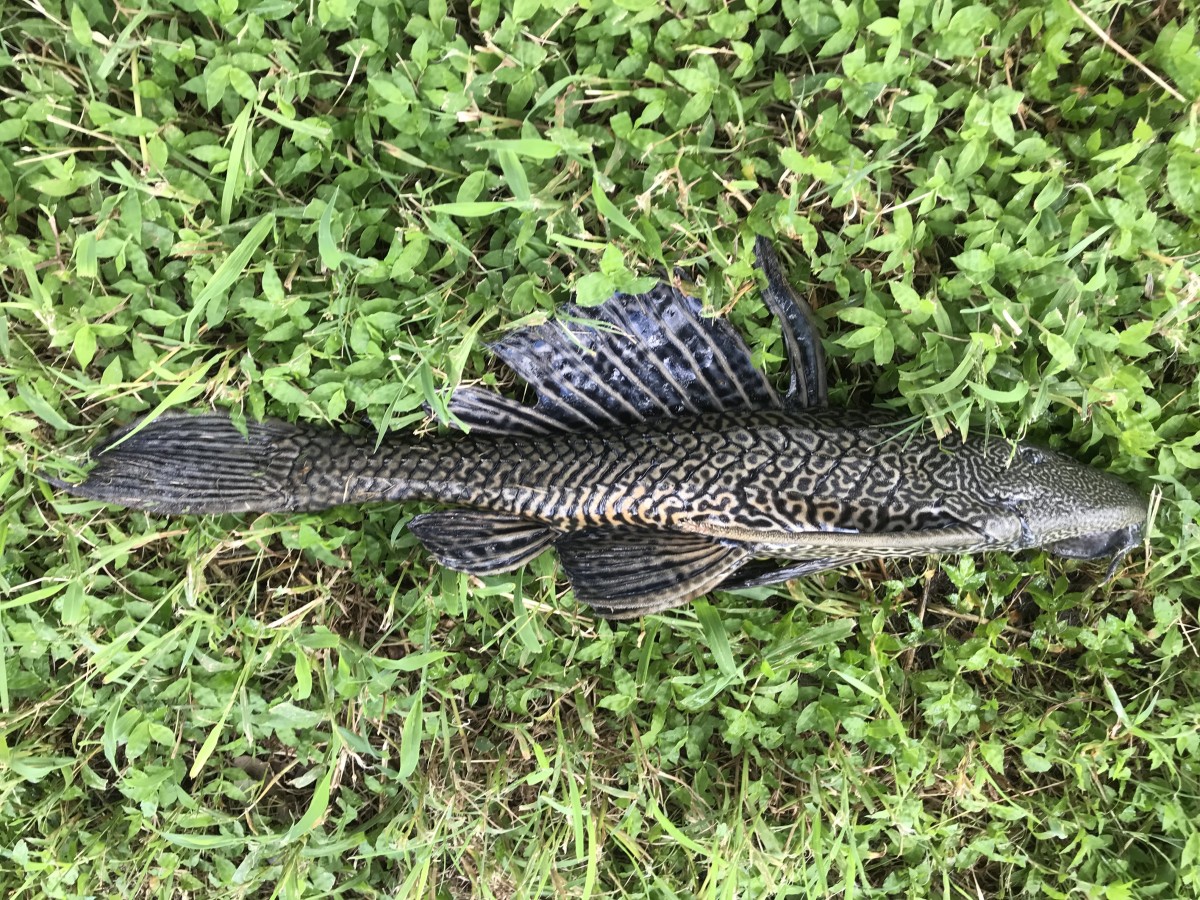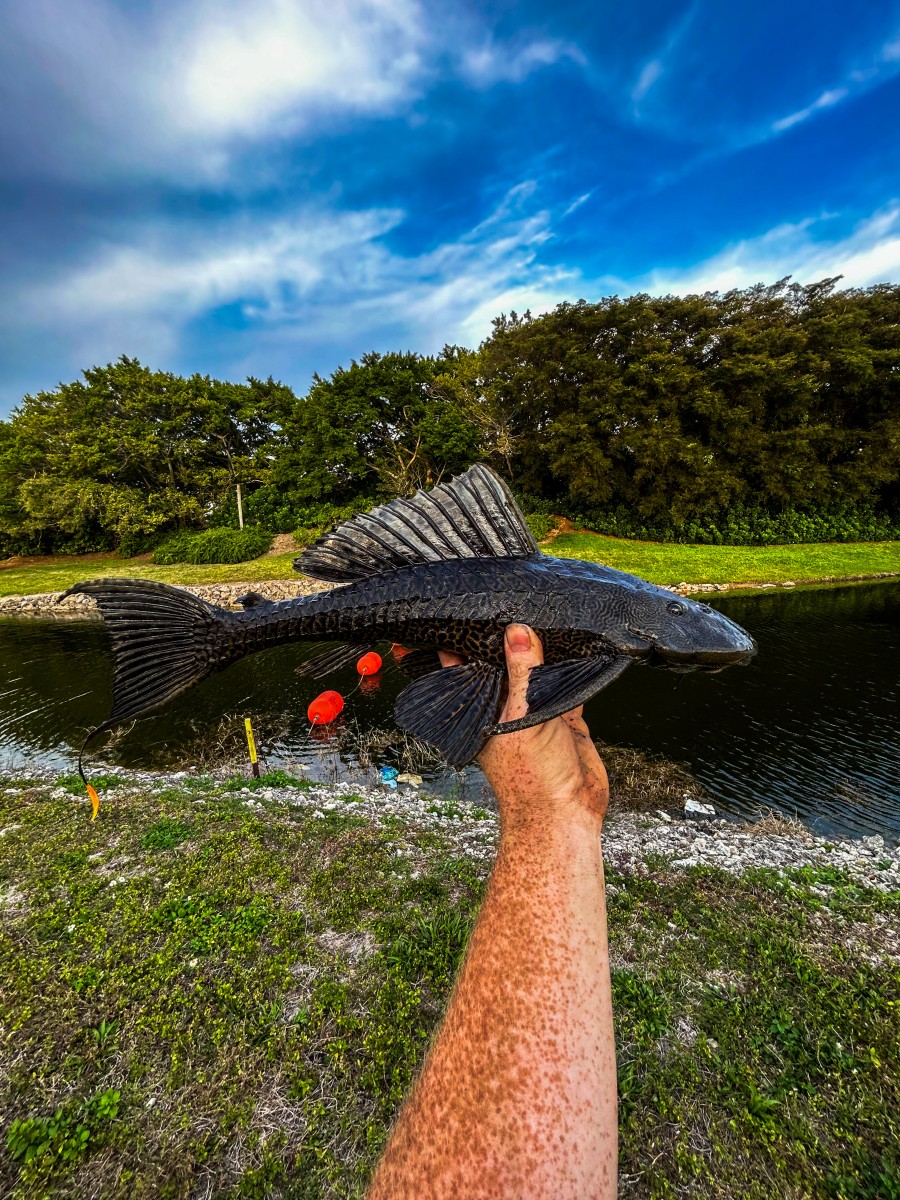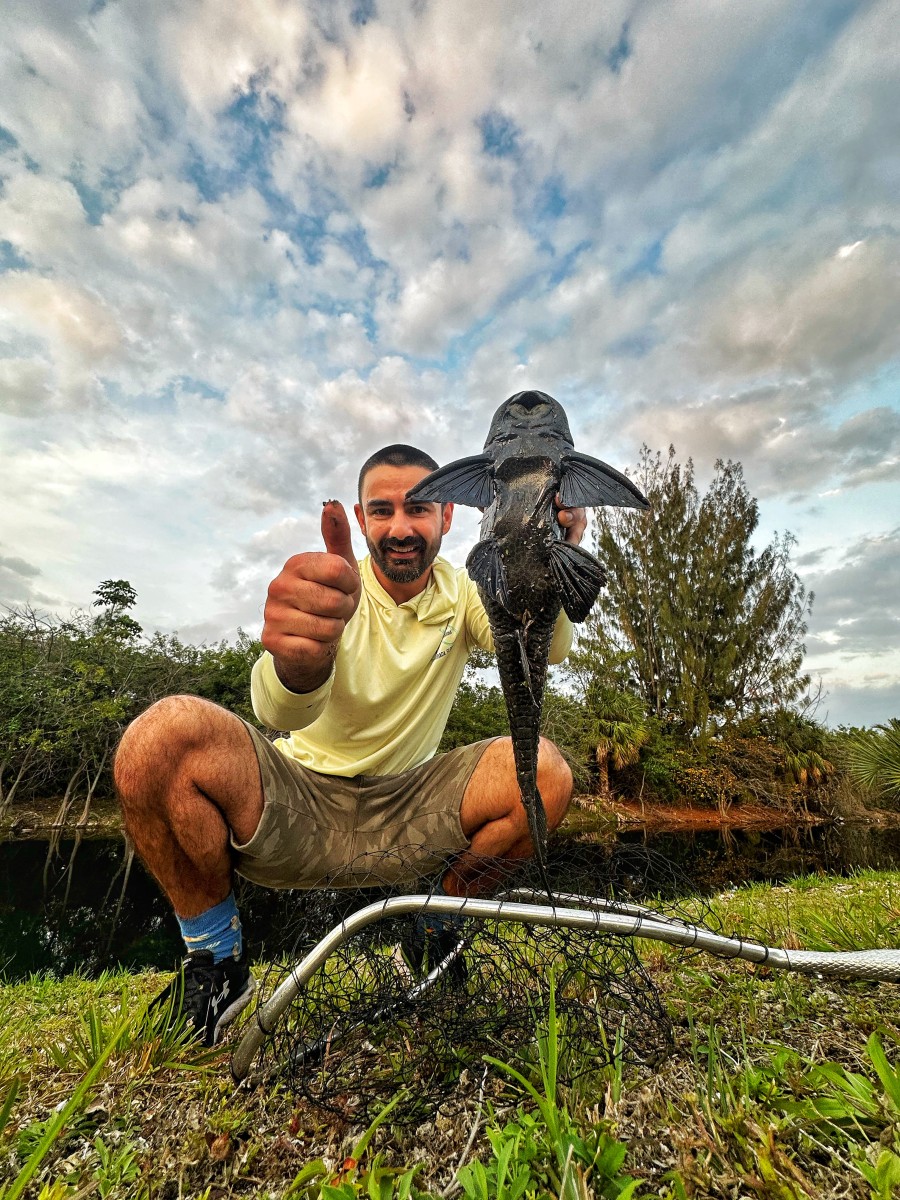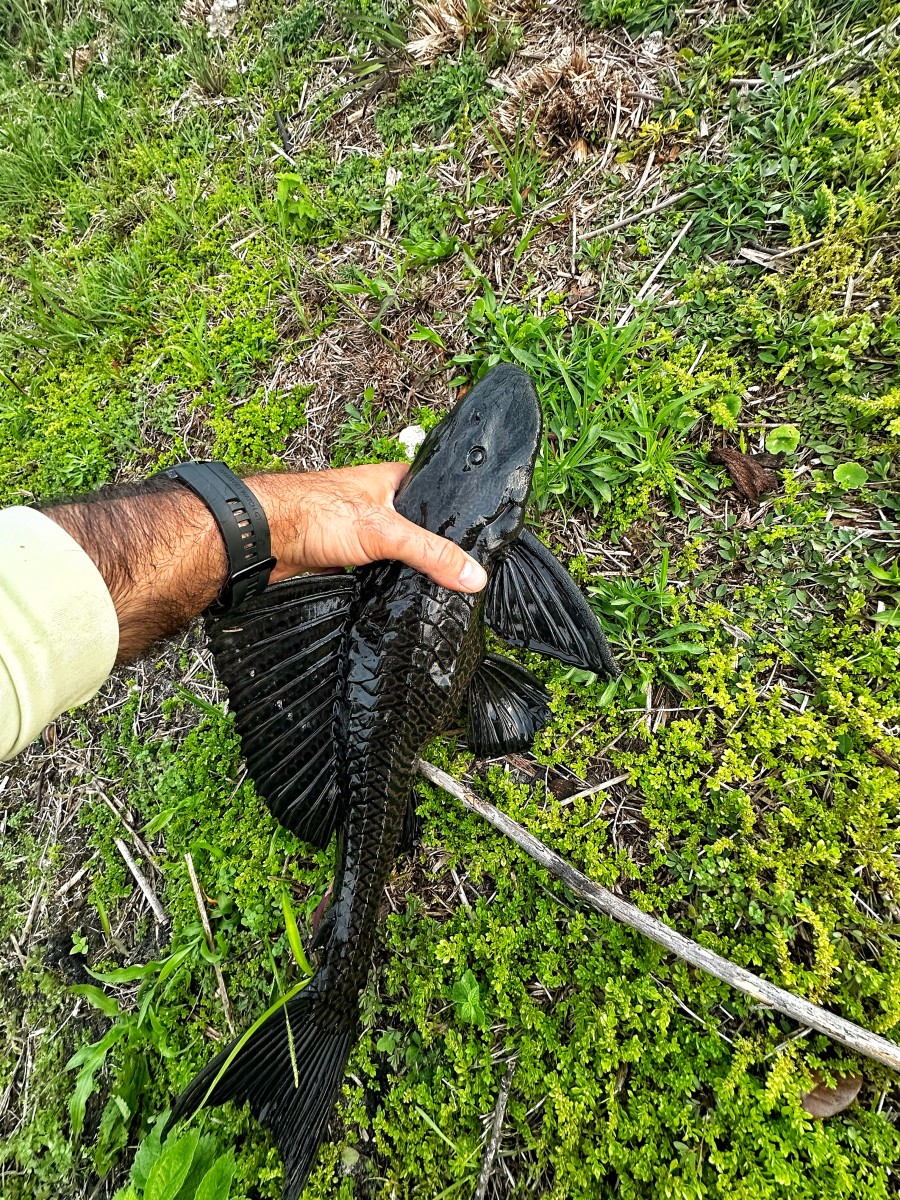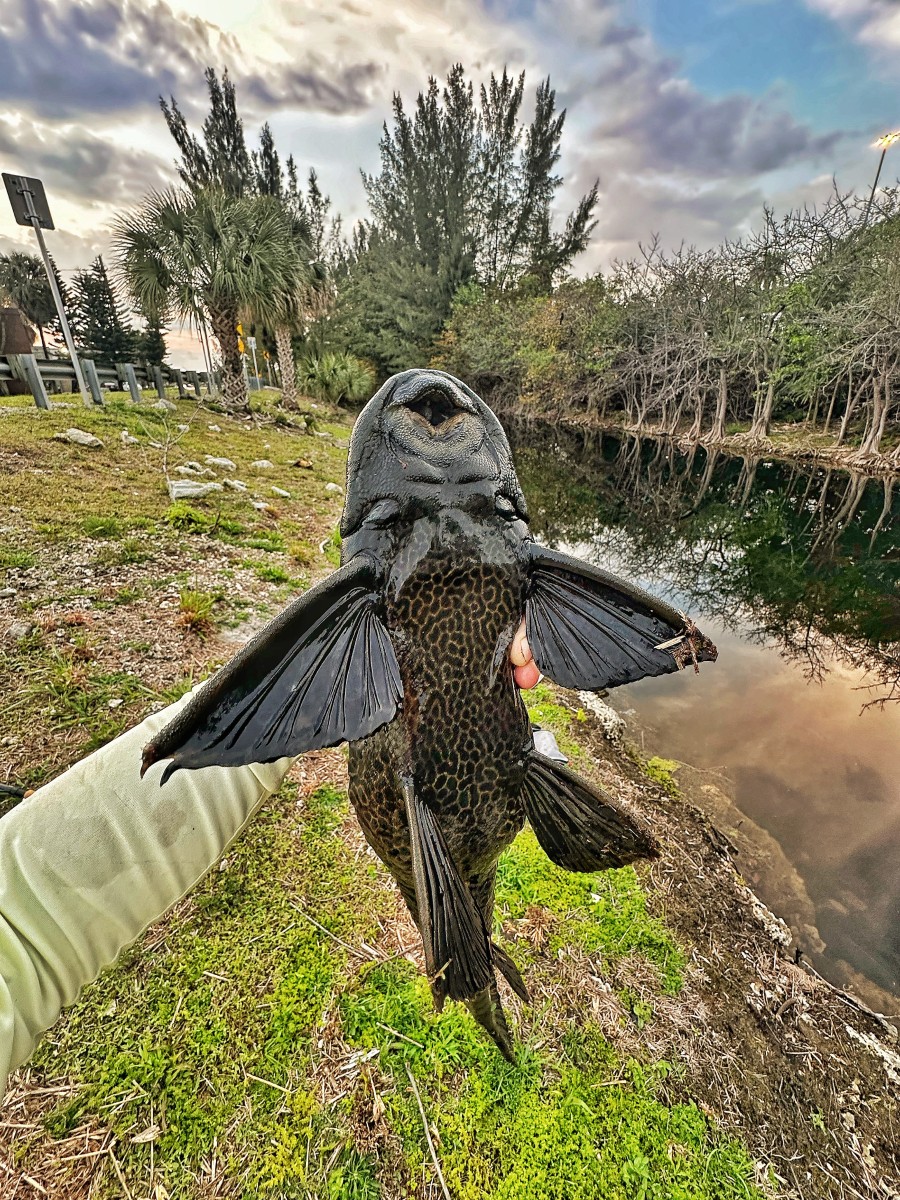Vermiculated sailfin catfish
(Pterygoplichthys disjunctivus)
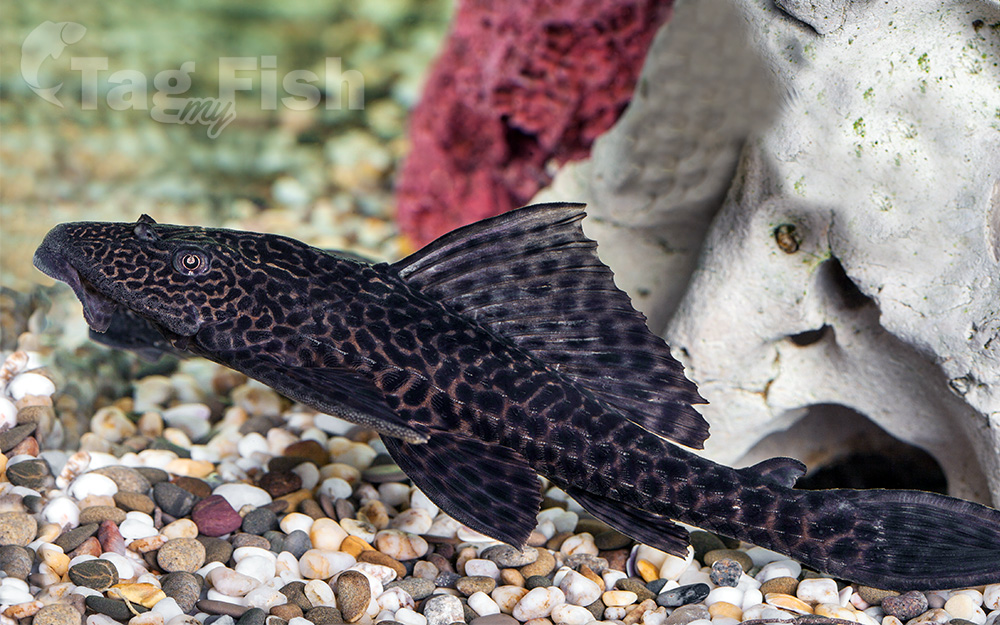
Classification
General data
Pterygoplichthys disjunctivus, commonly known as the vermiculated sailfin catfish, is a species of catfish in the family Loricariidae. It is native to South America, where it occurs in the Madeira River basin in Bolivia and Brazil, although it has subsequently been introduced to various countries.
Pterygoplichthys disjunctivus is typically found in floodplain lakes, swamps, and borrow pits in water with a low concentration of oxygen. As such, it is a facultative air-breather that appears to use its specialized stomach as an accessory respiratory organ, and it is known to typically rely on breathing air for long periods of time.
The species is very large for a loricariid, reaching 70 cm (27.6 inches) in total length.
It is an introduced species in India, Indonesia, Japan, Mexico, the Philippines, Puerto Rico, Singapore, Taiwan, Turkey, and the United States, and it is likely responsible for ecological and environmental damage.
Pterygoplichthys can be identified by the number of rays in the dorsal fin. Ten or more dorsal rays (usually more than 10) indicates that it’s a Pterygoplichthys. Most other plecos have 8 or fewer rays (in particular the larger Hypostomus species that are most likely to be confused with Pterygoplichthys).
This species is most likely to be confused with P. pardalis. The pattern on the abdomen is the most useful external key: P. pardalis has a spotted pattern, where P. disjunctivus has a vermiculated pattern.
